Exoplanets young and old hint at Solar System''s ultimate fate
There is an unbelievable diversity of planets in our Universe, and this week researchers have released their findings about four incredible examples !
The first one belongs to our closest stellar neighbour, Proxima Centauri. Proxima d is actually the third one that has been discovered orbiting that star, and it took so long to find because it’s so small (a quarter of Earth's mass) and so close to its star (less than a tenth of Mercury's distance from the Sun) that the signal that astronomers initially measured was incredibly weak. However, follow-up studies with the Echelle SPectrograph for Rocky Exoplanets and Stable Spectroscopic Observations (ESPRESSO) confirmed that there was indeed a tiny planet orbiting Proxima Centauri in just 5 days.
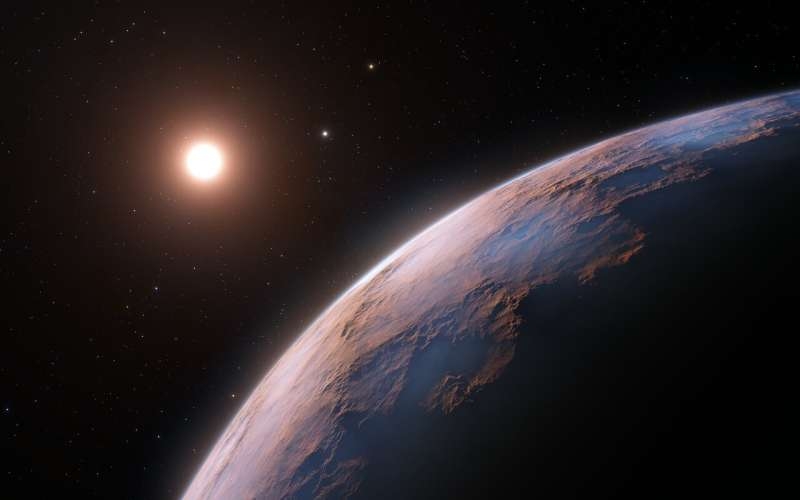
This makes Proxima d the lightest exoplanet ever detected using the so-called radial velocity technique, which works by measuring “wobbles” in the motion of the star; these oscillations are due to the orbiting planet's slight gravitational pull on the star and for the case of Proxima d, it’s a 1.44 kilometres per hour movement that ESPRESSO had to pick up.
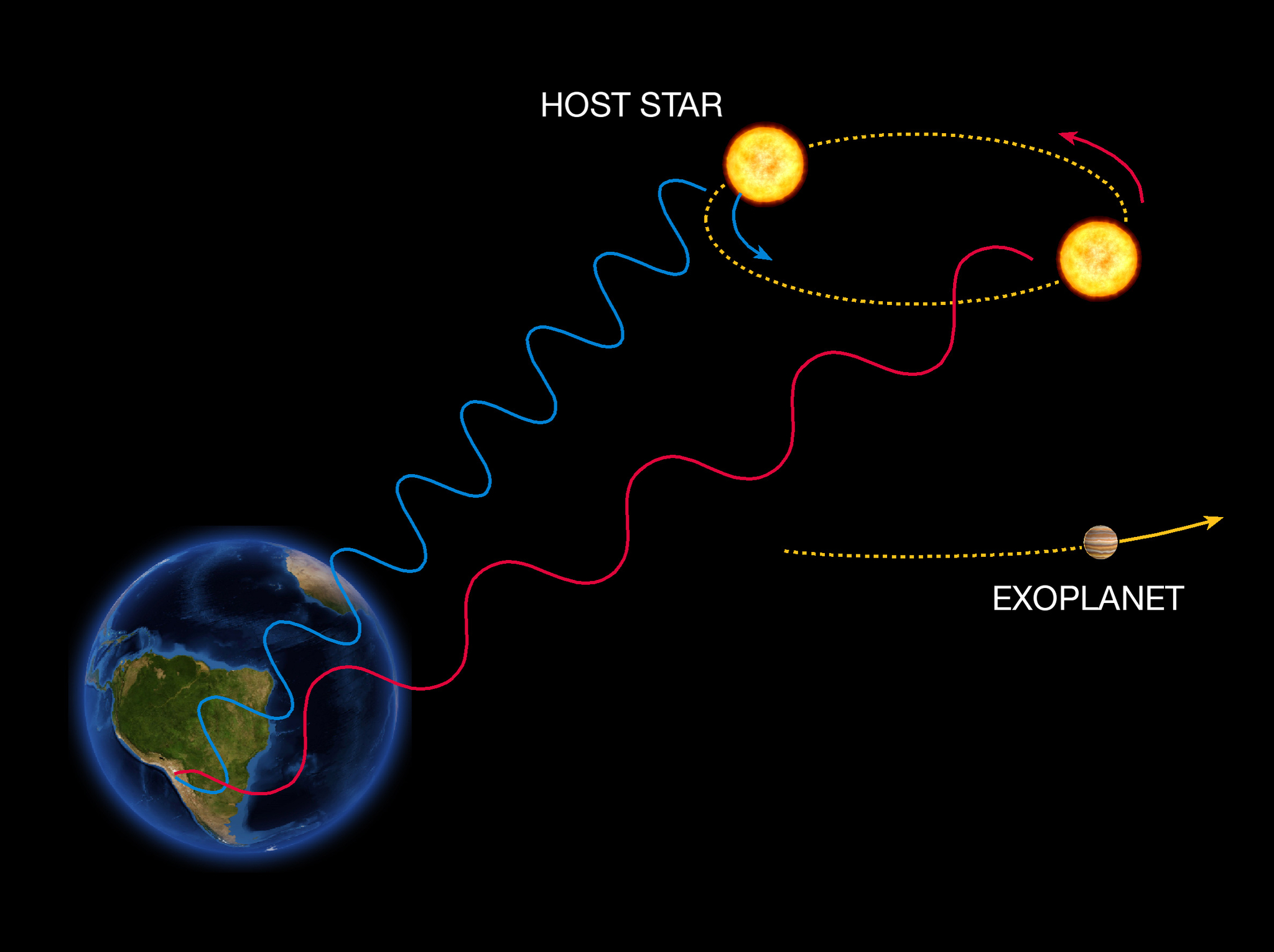
Another exoplanet that was recently discovered using the radial velocity method, this time with NASA's Transiting Exoplanet Survey Satellite (TESS), is GJ 3929 b, which is very similar to Earth in terms of its size – 1.15 times the radius and 1.21 times the mass of Earth. While its host star GJ 3929 is three times smaller than our Sun, the planet is so close that it completes one orbit in just 2.6 days. At this distance of only 0.0026 AU from GJ 3929, this planet’s average temperature is estimated to be almost 570 K (almost 300° C), which makes it … quite inhospitable.
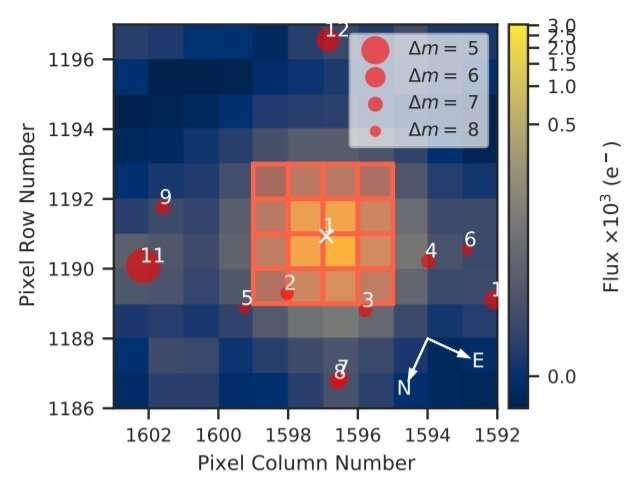
Still, astronomers hope to verify whether it has an atmosphere, as well as analyse evidence for a second exoplanet, this time a small-Neptune-type one orbiting every 14 days, to understand the formation and evolution of stellar systems, specifically considering that of rocky planets like our Earth.
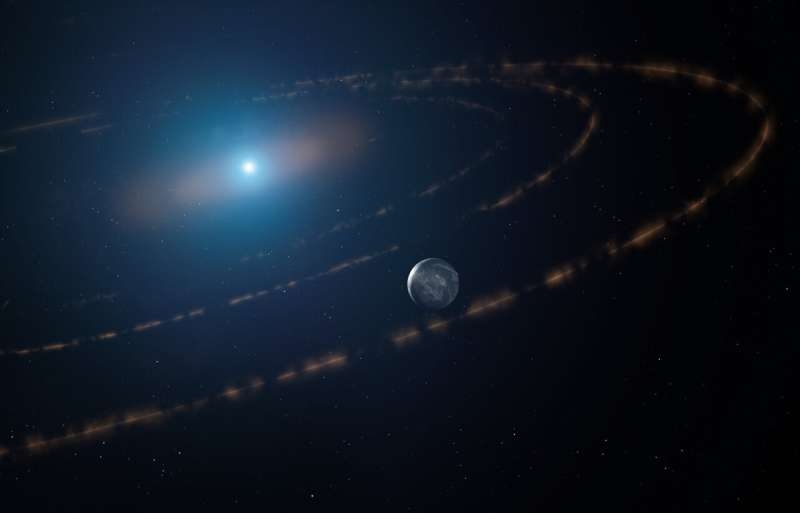
A more pleasant place to visit, although it is 117 light-years away, could be the system around white dwarf WD1054–226. This might sound surprising, as white dwarfs are stellar remnants, and during the end of its life the progenitor star will undergo major, violent events. The cloud-like structure of planetary debris found around WD1054-226 though, is likely to have formed recently, as the region it orbits in would have been inside the star in its red giant phase. Anyway, now that the white dwarf has entered into that stable and long-lived remnant stage, it is not implausible for life to develop on one of the bodies orbiting it, since the cloud of debris is located in WD1054-226’s habitable zone (defined as the region where liquid water may exist). What’s more, considering the regularity of the cloud’s transits, it is plausible that a planet is present and “shepherds” the other, moon-sized, dusty and irregular bodies, much like how Neptune and Saturn “help each other” create stable ring structures. This provides some insight into the future of our own Solar System, as the Sun itself will eventually become a white dwarf.

Researchers at the University of Warwick, however, have made a more pessimistic find: they observed white dwarf G29–38 “consuming” rocky material, presumable leftover from its past planetary system. As this material collides with the star, X-rays get emitted, and these were observed by the Chandra X-ray Observatory. From spectroscopical observations, which reveal that up to 50% of a white dwarf’s atmospheric composition can be heavy elements like Iron, Calcium or Magnesium, combined with computer models, astronomers were fairly certain that this process was happening. Still, this is the first time that accretion of remnant planetary, rocky material by a white dwarf has been directly observed, and this measurement proposes a rather grim fate for our Solar System.
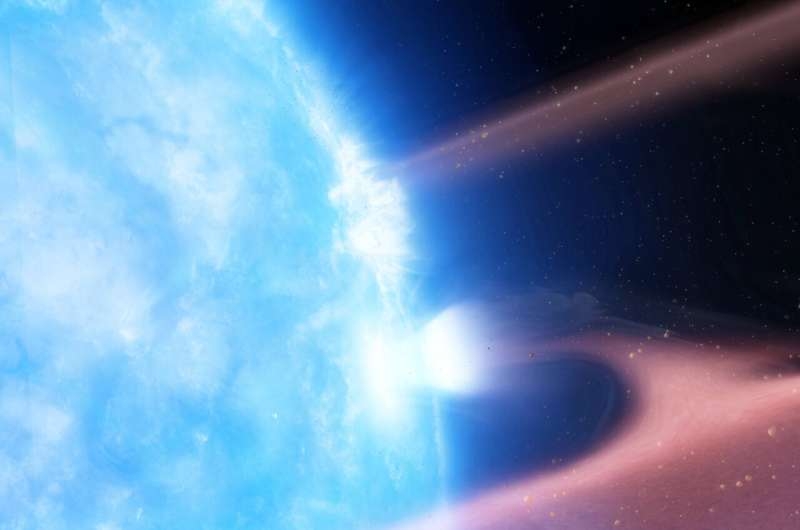
Studying exoplanetary systems is essential to better understand Earth’s place in the Universe, particularly how life was able to thrive on it and what the future might hold.
Cover Image: TESS and exoplanets (Artist's impression), NASA
Image Credits:
1 - Proxima d (Artist's impression), ESO/L. Calçada
2 - Radial Velocity method, ESO
3 - TESS target pixel file of GJ 3929, Kemmer et al., 2022.
4 - WD1054-226 (Artist's impression), M. A. Garlick
5 - G 29-38 (Artist's impression), University of Warwick/M. A. Garlick
